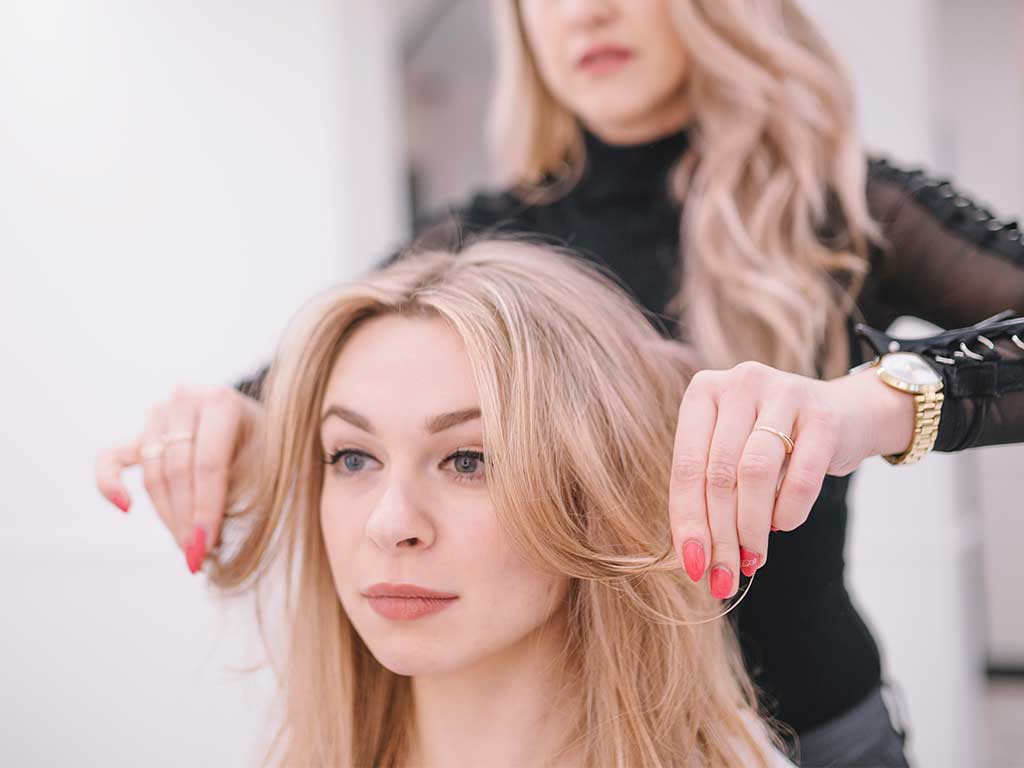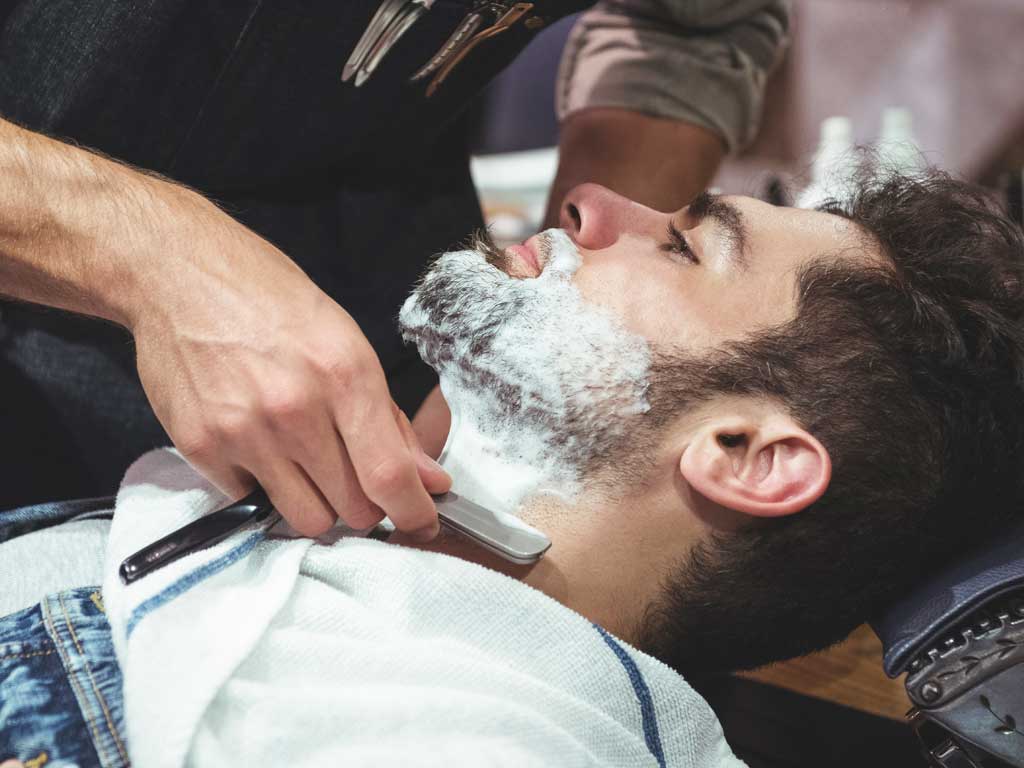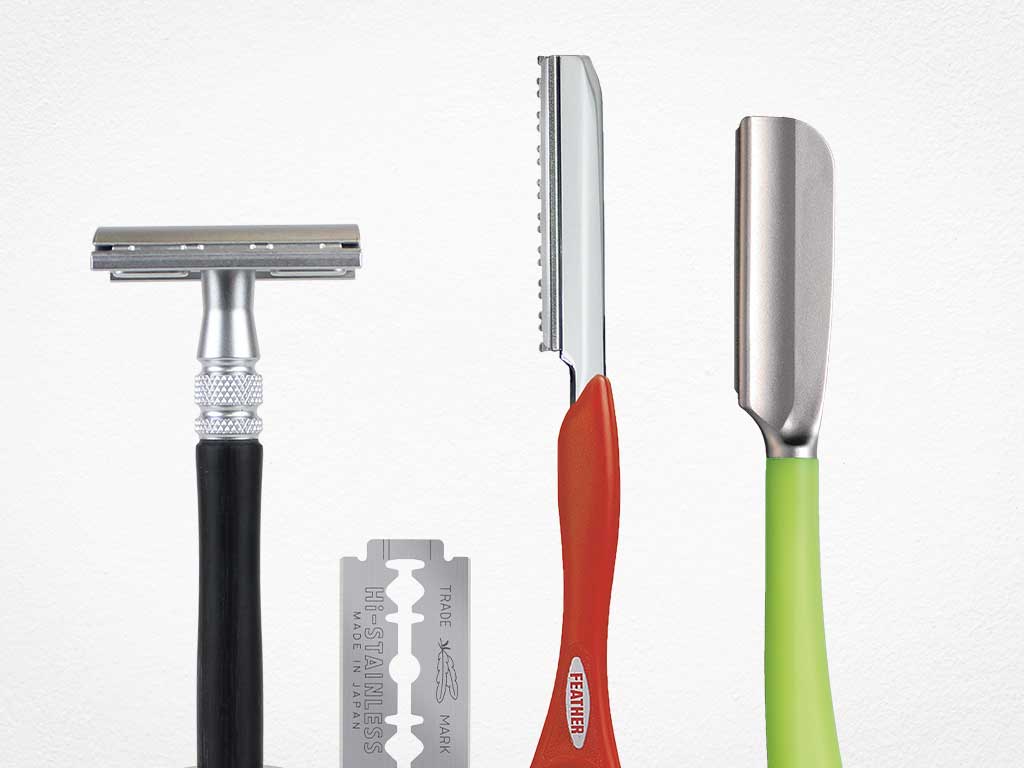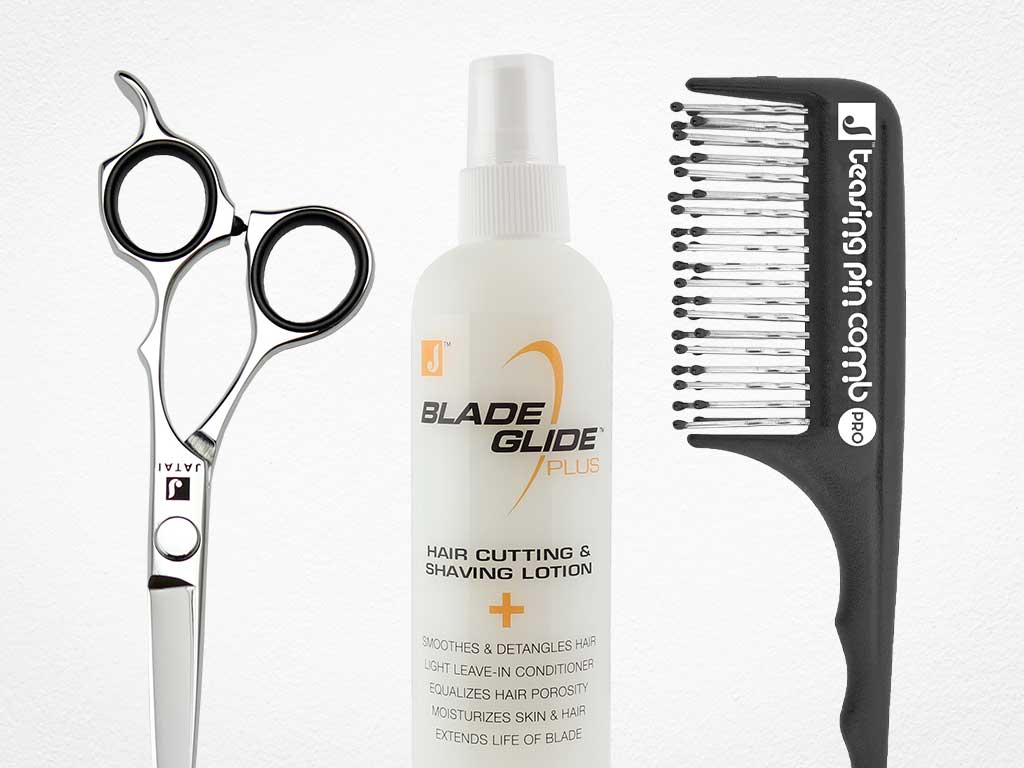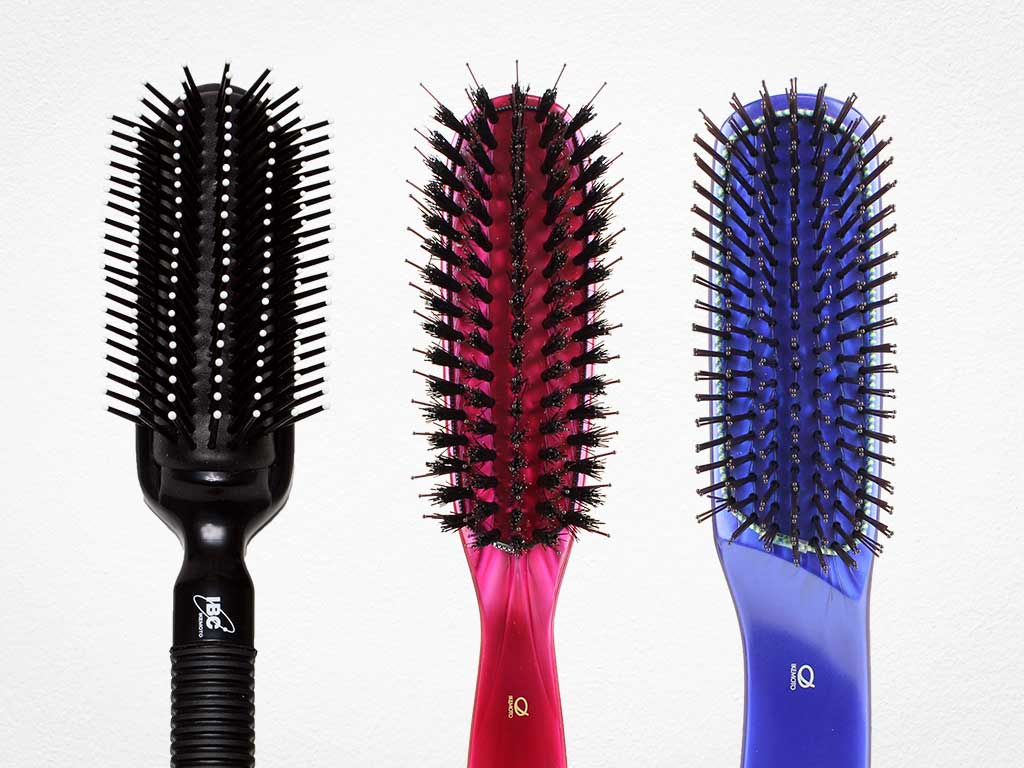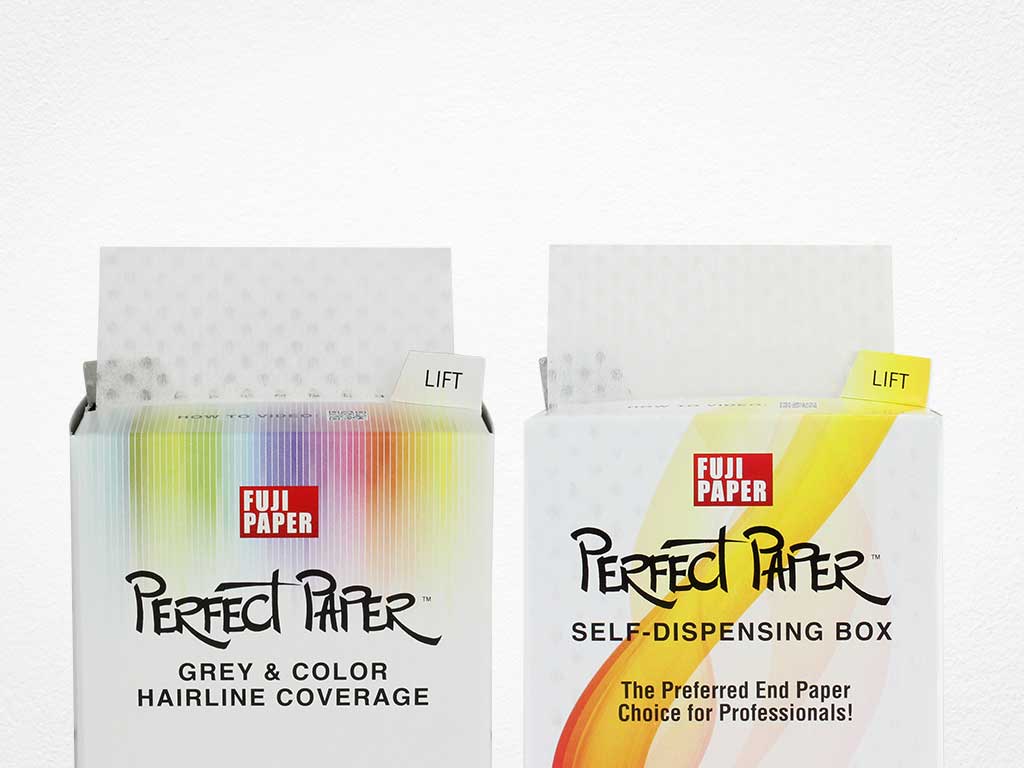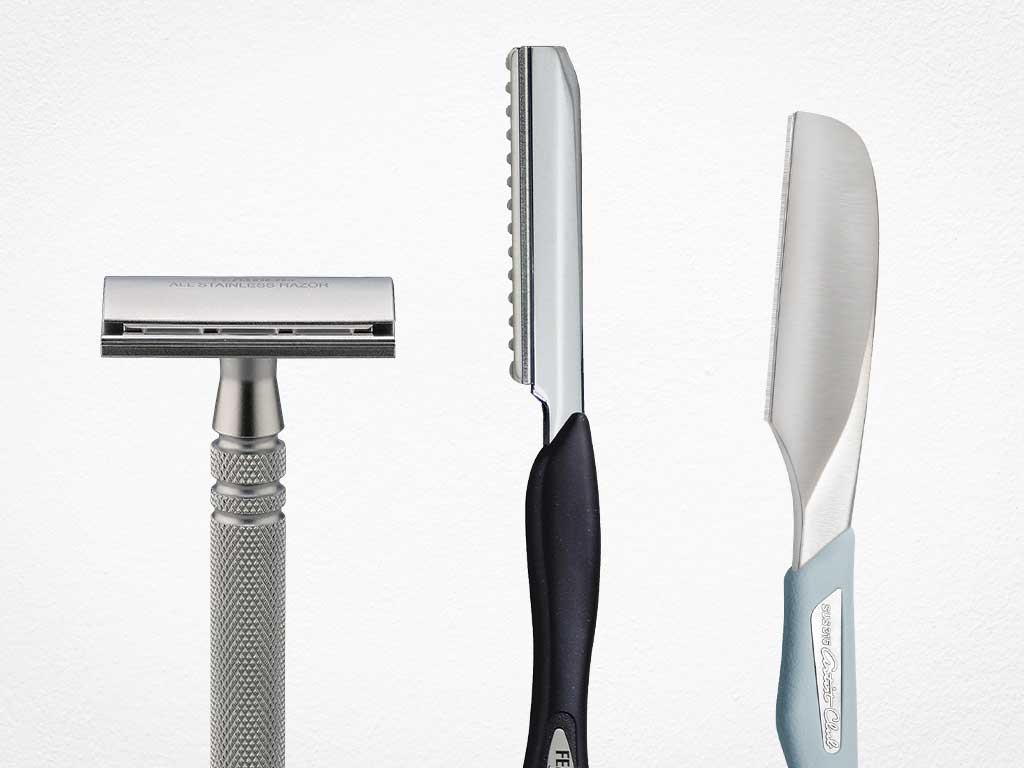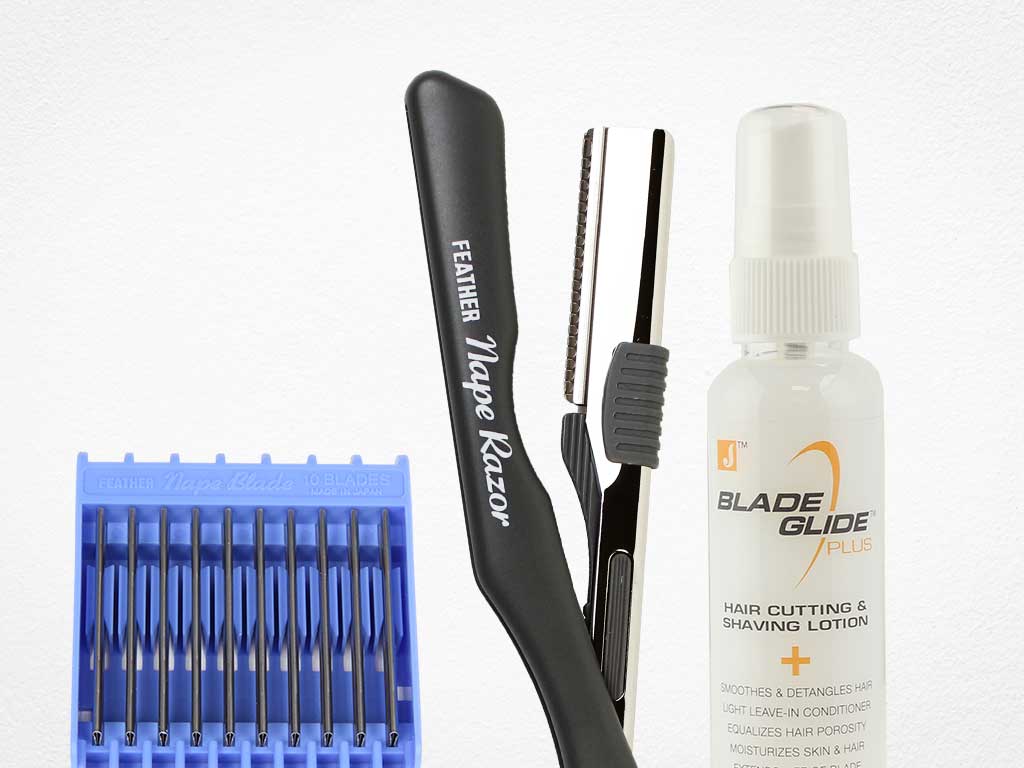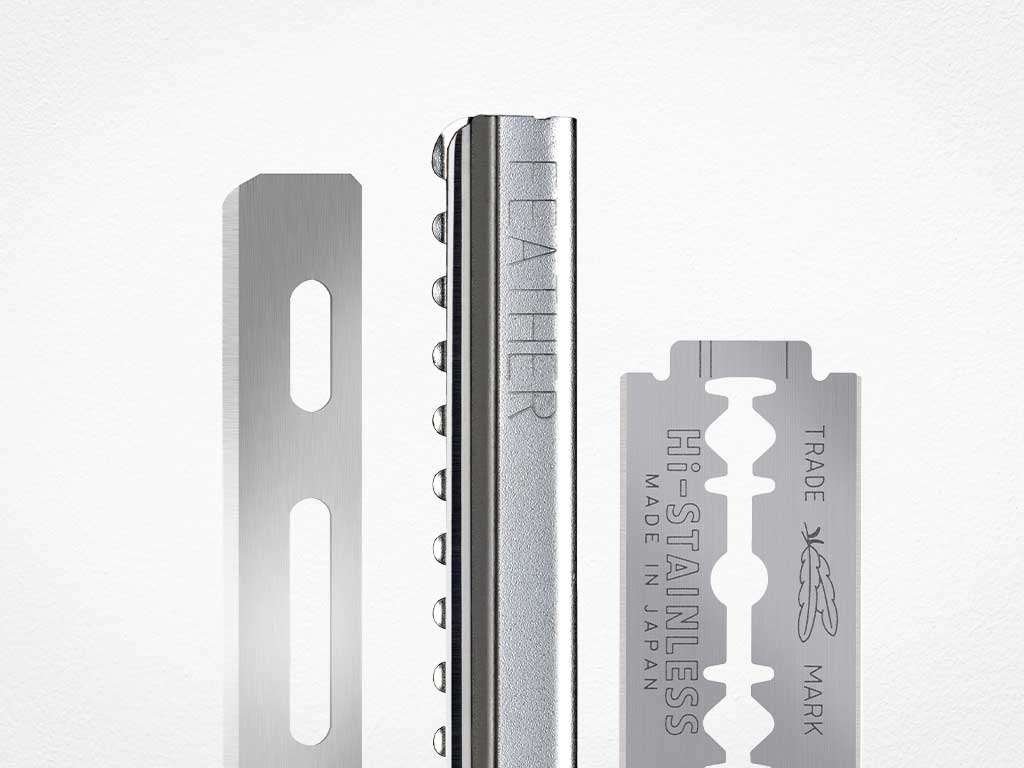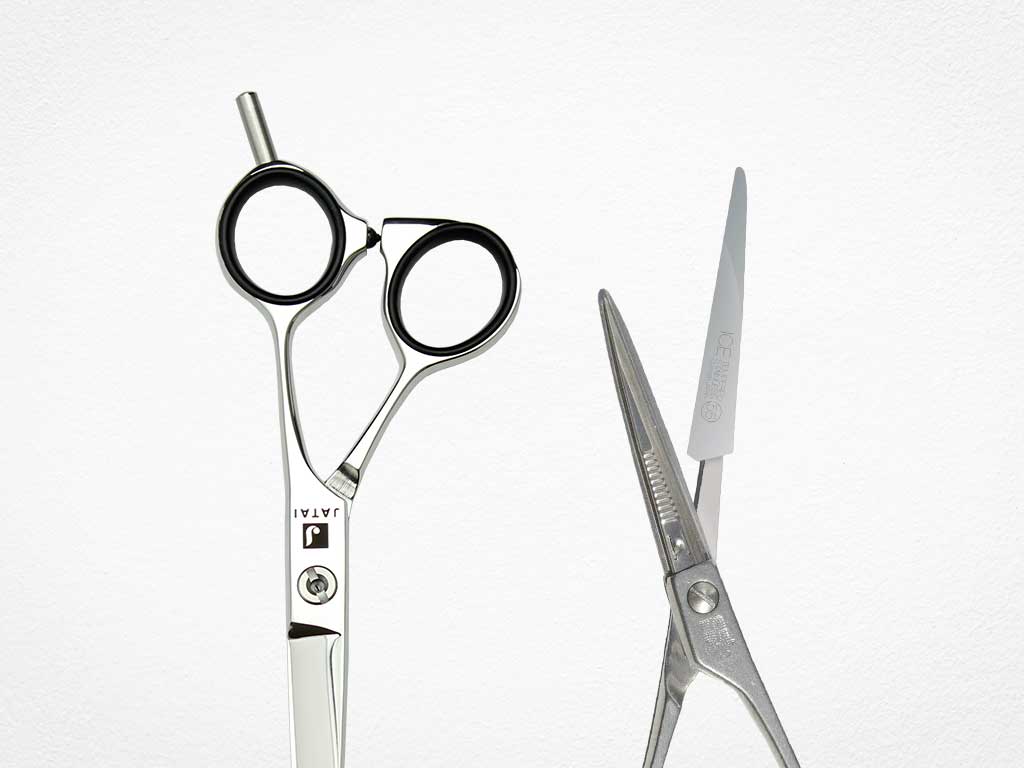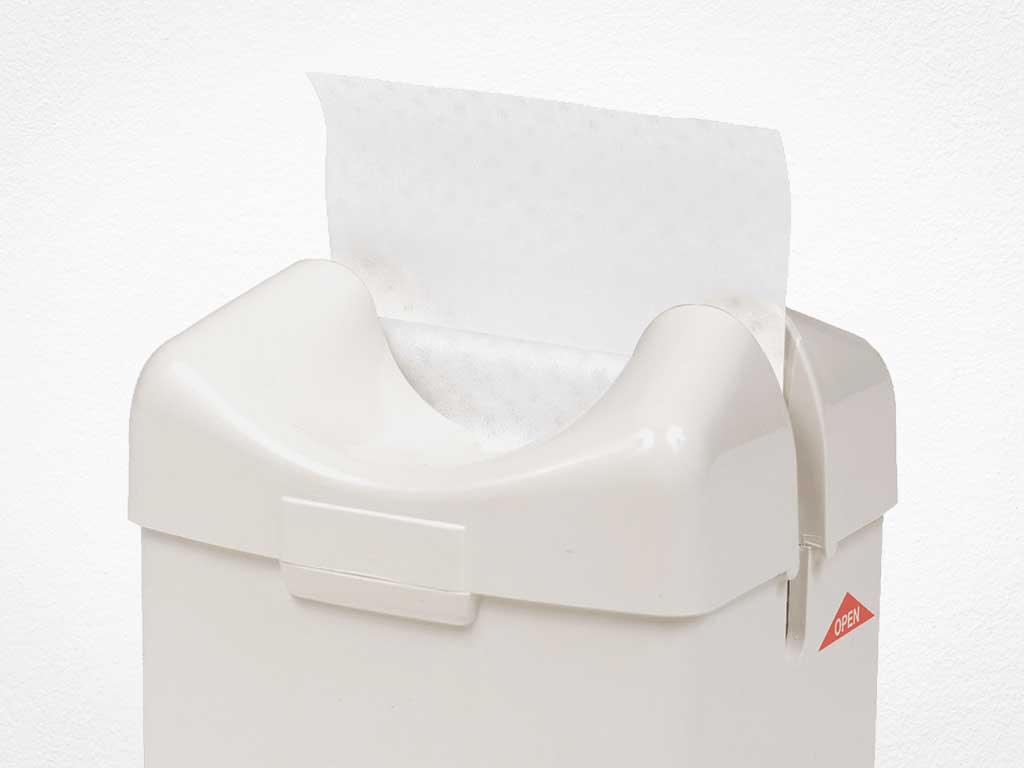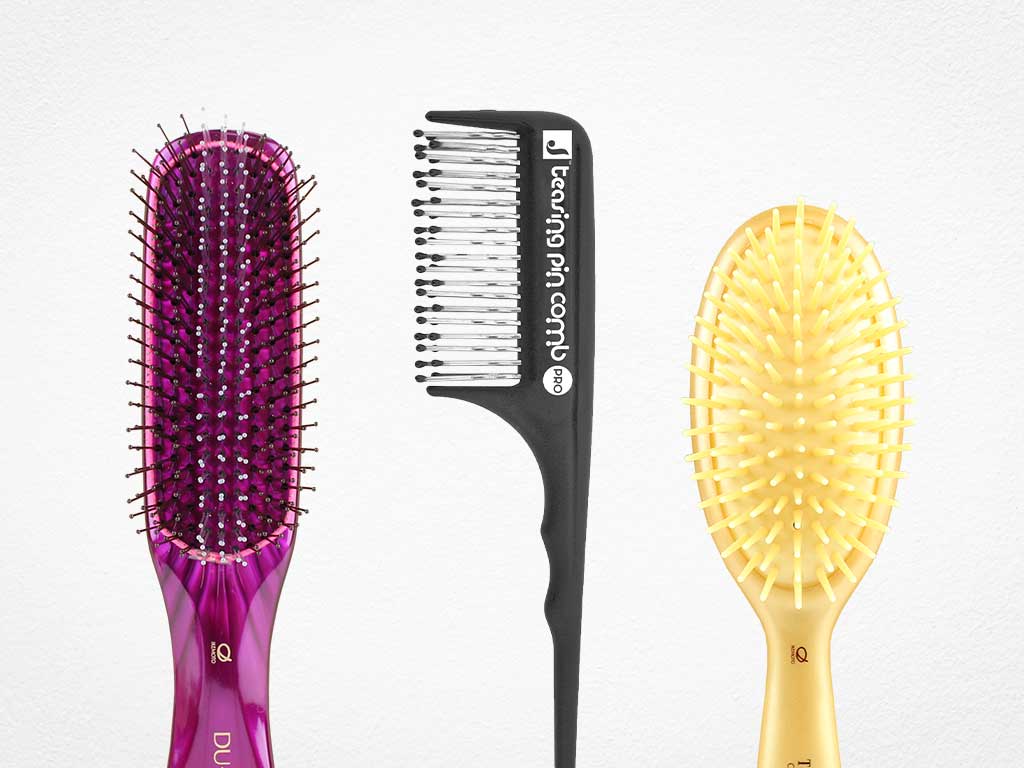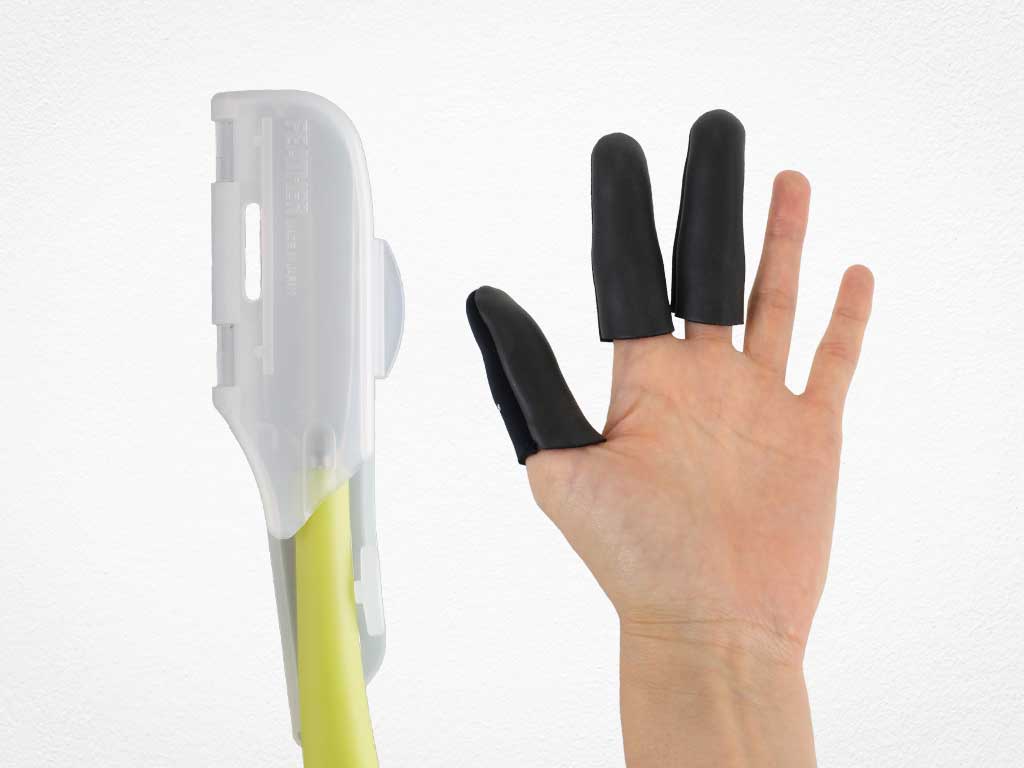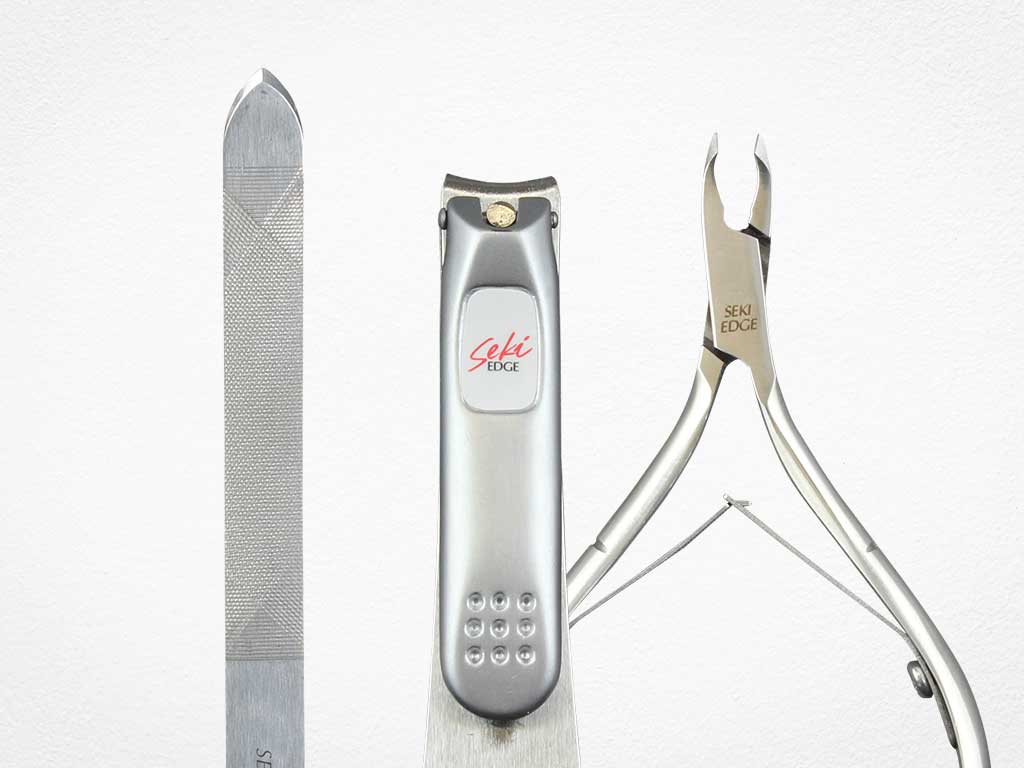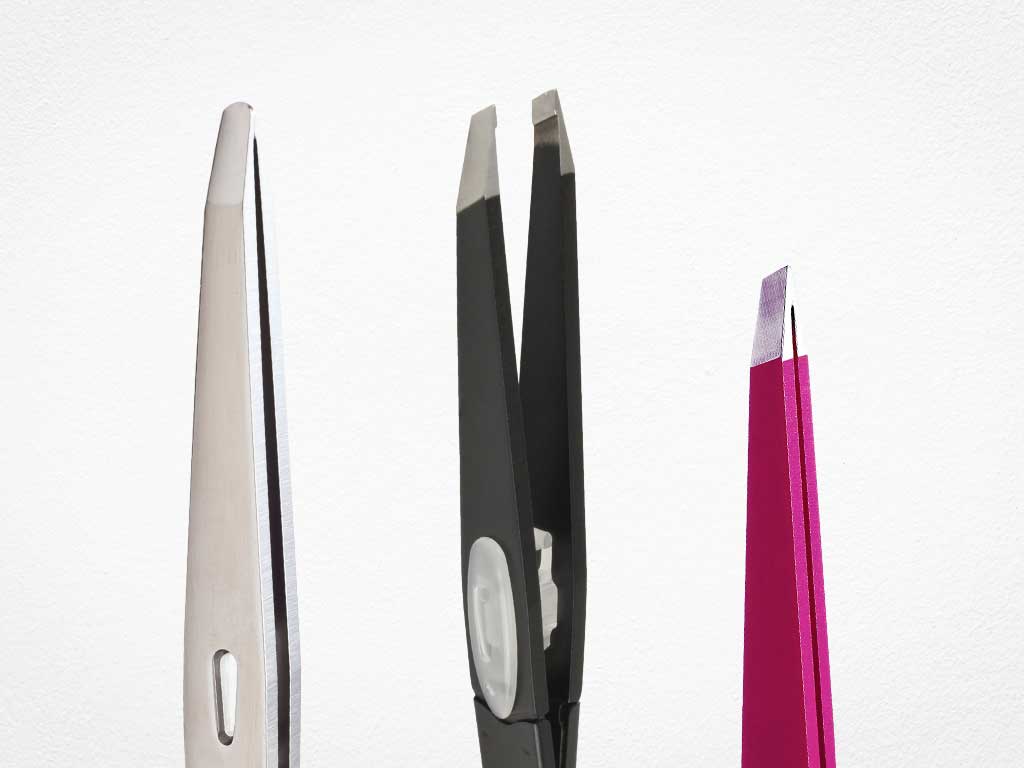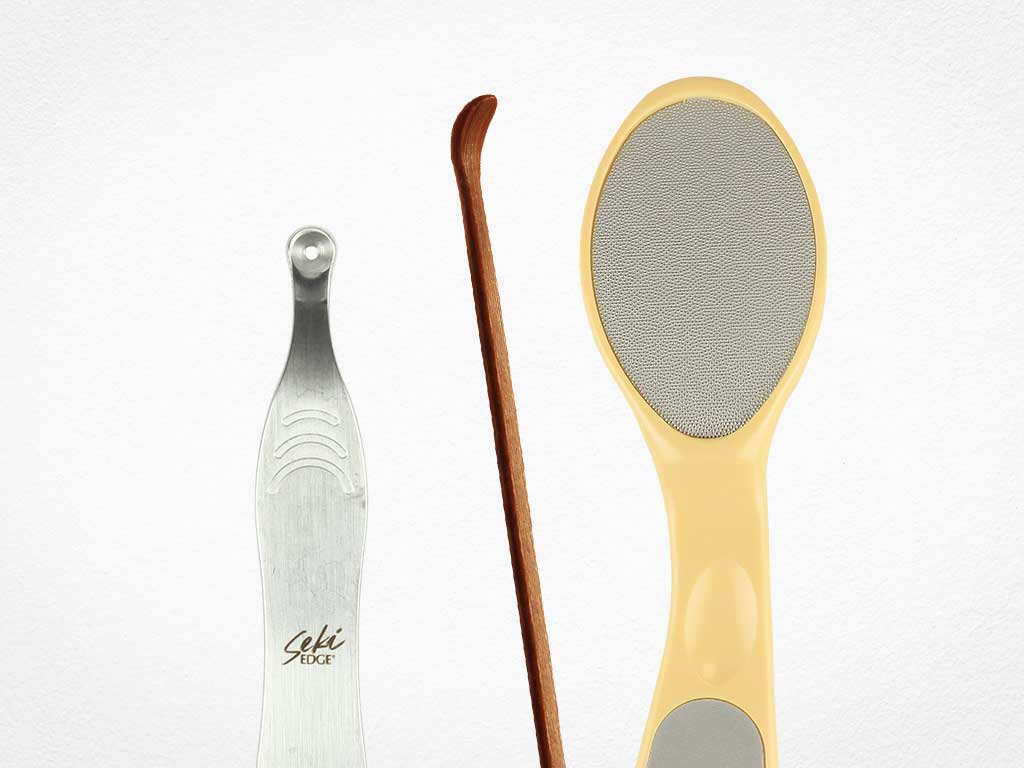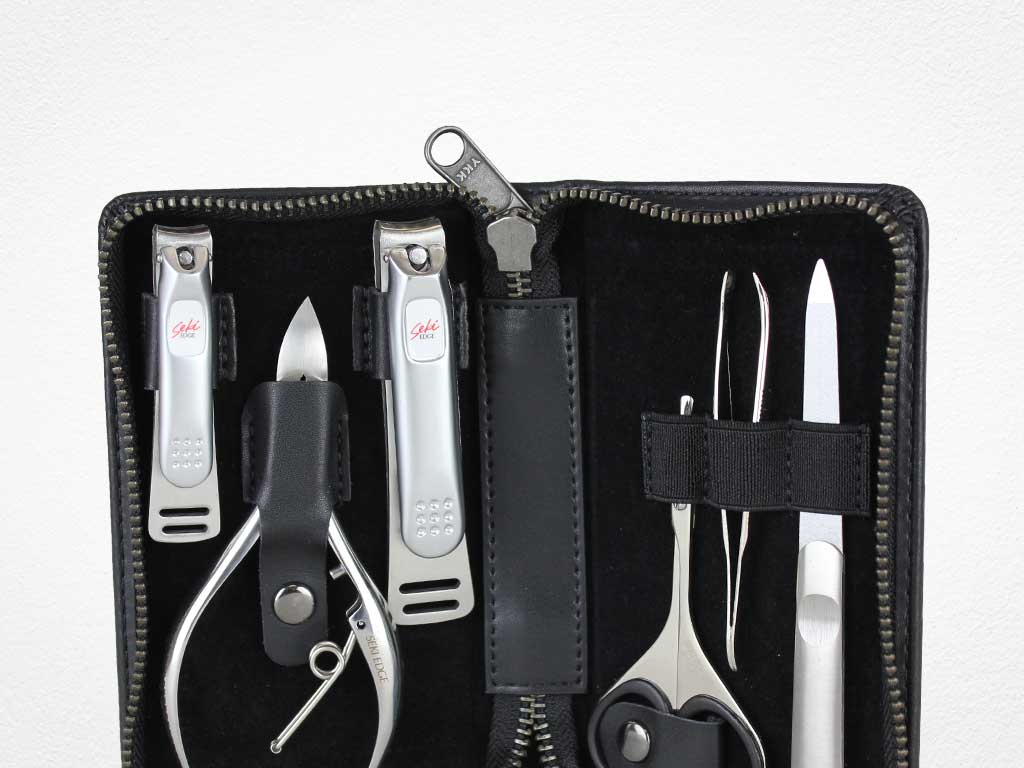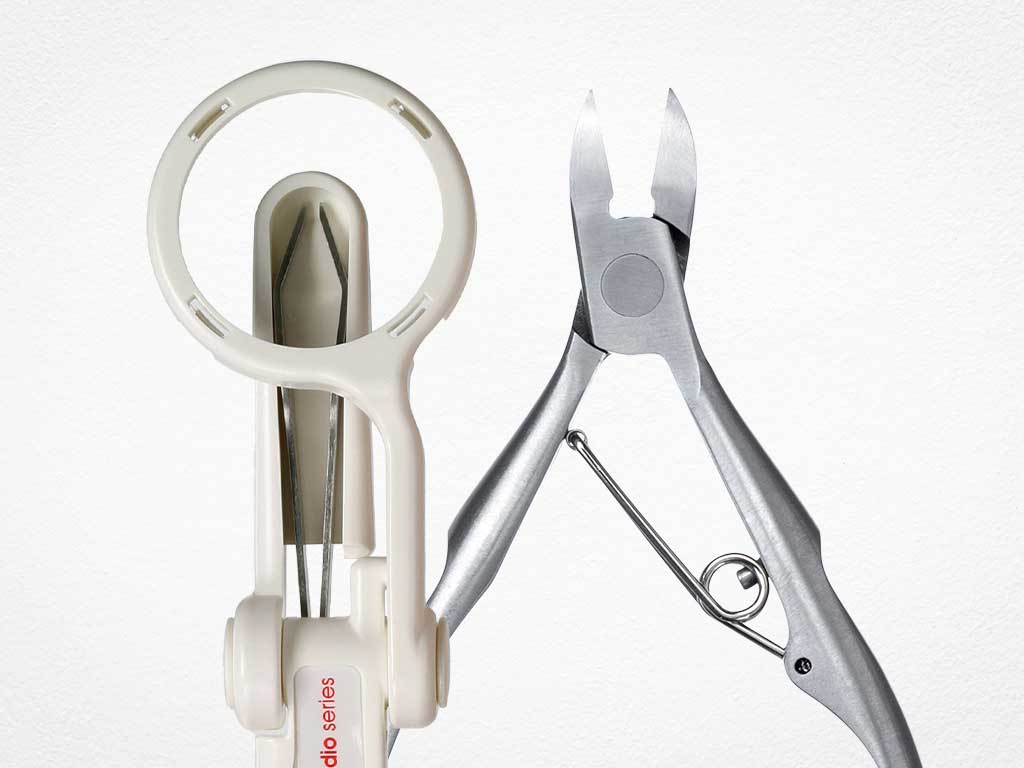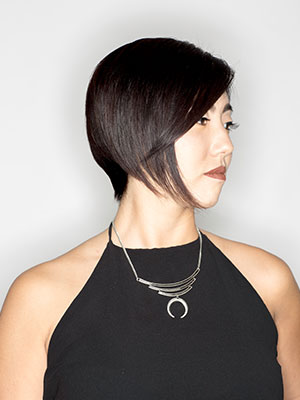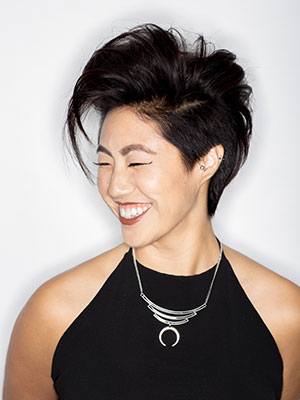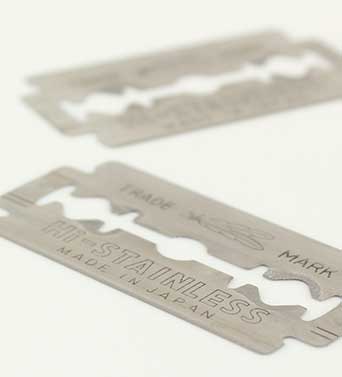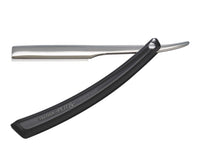Your Top Five Razor Cutting Questions - and Answers!
by JATAI,
22 Mar 2021
Over many years as a stylist, owner and educator, I, Russell Mayes, have gotten a lot of questions about razors and razor cutting from stylists on all levels of experience. I would like to share the top five current questions I am asked most often – and the answers. For more information, check out the new Razor Fundamentals educational video course now offered on Jatai Academy’s Education Connect. It’s your direct access to the most extensive free online video library currently available to stylists and barbers.
- Can you use a razor on curly hair?
Yes and no. What type of hair you can use a razor on depends on the cuticle, more than if it’s curly. Some hair textures respond well while others do not. Some cuticle types tend to bristle when cut at an angle and perform better when blunt cut.
- Does it matter if I use a guard vs. no guard?
The less of a guard you use, the more control you have when cutting. You can be more precise with your shape and texture as well. But a guarded razor will get you 90 per cent more there than a guardless razor would. Once master cutting with a guard, you may find that you want more control, so move to a razor with either less of a guard or no guard at all … the point here is that you don’t have to use one.
Insider Tips: For the most guarded, I work with the Feather Styling Razor with Standard Blade. For less guard, I recommend the Feather Styling Razor R-Type Blade. For no guard, I reach for my Feather Plier Razor.
- How can I prevent losing my shape while razor cutting?
The solidity and bluntness of the shape you cut is determined by the stroke of the blade as you are cutting your sections. The larger the stroke of the blade, the more airy and softer the shape. The tighter or smaller the stroke of the blade, the more solid your final haircut shape will be.
Insider Tip: While learning how to control your razor, I suggest beginning with the Feather Styling Razor with Standard Blade. This will help you to prevent over-cutting or cutting too much when you are just getting started since it’s a safer option.
- Does the razor damage the hair?
This depends on the cuticle texture and the sharpness of your blade, as well as your cutting action. Drier textures of hair don’t respond as well to being cut with a razor. If the blade is dull, this will only cause cuticle damage that could easily have been prevented by using a fresh blade. Also, if your cutting action isn’t positive or determined, you will partially cut strands without cutting them all the way through, which results in a less-than-solid shape.
- Do I have to do the entire haircut with a razor?
No, you can do as much or as little as needed, determined by your desired results. You can cut the hair blunt with scissors and then soften up the shape afterward with your razor. You can cut the entire shape with a razor, and then make the perimeter shape more blunt with scissors.
Insider Tip: To soften up the shape after scissor cutting, the Feather Texturizing Blade (fits all Feather Styling Razors) works well. It’s designed to cut hair in small sections to blend and texture hair. Blade changing is easy and safe.
SHARE
